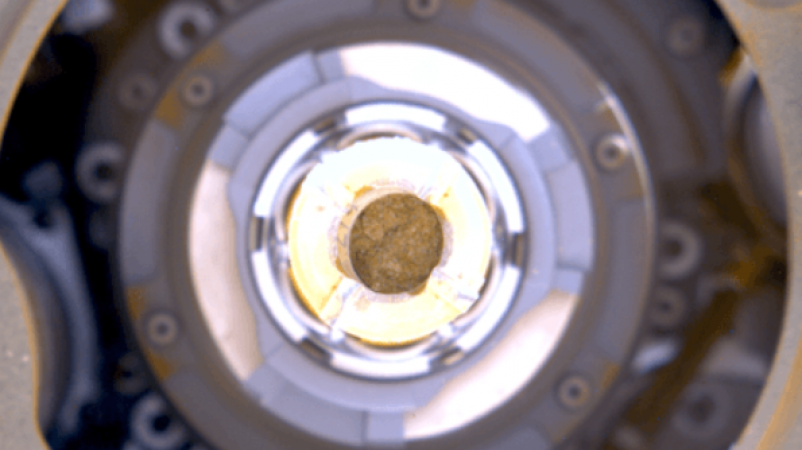
USA: As part of its new science campaign, NASA's Perseverance Rover (Percy) has collected the first Martian sample. The recently discovered specimen is a sedimentary rock that is about 6 cm long and about the size of a piece of chalk.
It is securely stored inside the rover's belly. Percy is currently examining the top of the old river delta in Jezero Crater as part of its most recent scientific campaign.
The mission's team aims to investigate a fresh region of Mars on each new science campaign. The six-wheeled robotic explorer is looking at the top of an old river delta as part of its most recent campaign in an effort to find evidence of previous microbial life on Mars.
Also Read: Indian authorities alert Apple users to numerous security flaws
The car-sized Perseverance Rover just finished its second Martian year in February.
The sample was taken from a rock called "Berea" on March 30, the rover's 749th Martian day on the Red Planet, and it was given the name "Melyn" by the team.
Berea may have formed when an ancient river from another part of the planet flowed into the Jerezo crater and carried the minerals and sediments that would later become the rock's building blocks.
Also Read: You might soon be able to "keep" disappearing messages on WhatsApp
The newly discovered sample is the sixteenth rock specimen that Percy has collected.
Percy has also gathered other sample types, such as regolith, broken rock and dust, and Mars's atmosphere, in addition to rocky cores.
Out of the 38 planned samples, the rover has already collected 19 of them. 16 of the samples that were collected are pieces of Martian rock that have been sealed inside titanium tubes.
The newest rock specimen is particularly exciting to the team because it is carbonate-rich. Earth's carbonate rocks are effective at preserving preserved life forms, "said Katie Stack Morgan, the Perseverance mission's deputy project scientist. A rock like this one might very well contain the secrets of biosignatures if they were present in this area of Jezero Crater."
Also Read: How the James Webb telescope operated by NASA found the oldest galaxies
According to NASA, carbonates are the result of chemical reactions in liquid water.
Given that the Berea rock is rich in carbonates, it implies that Mars may have once been submerged in water. Additionally, the Martian artefacts can aid in the understanding of "changes in the planet's climate." Percy's samples may contain details about past life on Mars, assuming it ever existed.
By the early 2030s, NASA and the European Space Agency hope to return the Martian samples that Percy collected through the Mars Sample Return Campaign (MSR). Percy is currently travelling to the next location, known as "Castell Henllys," in the meantime.